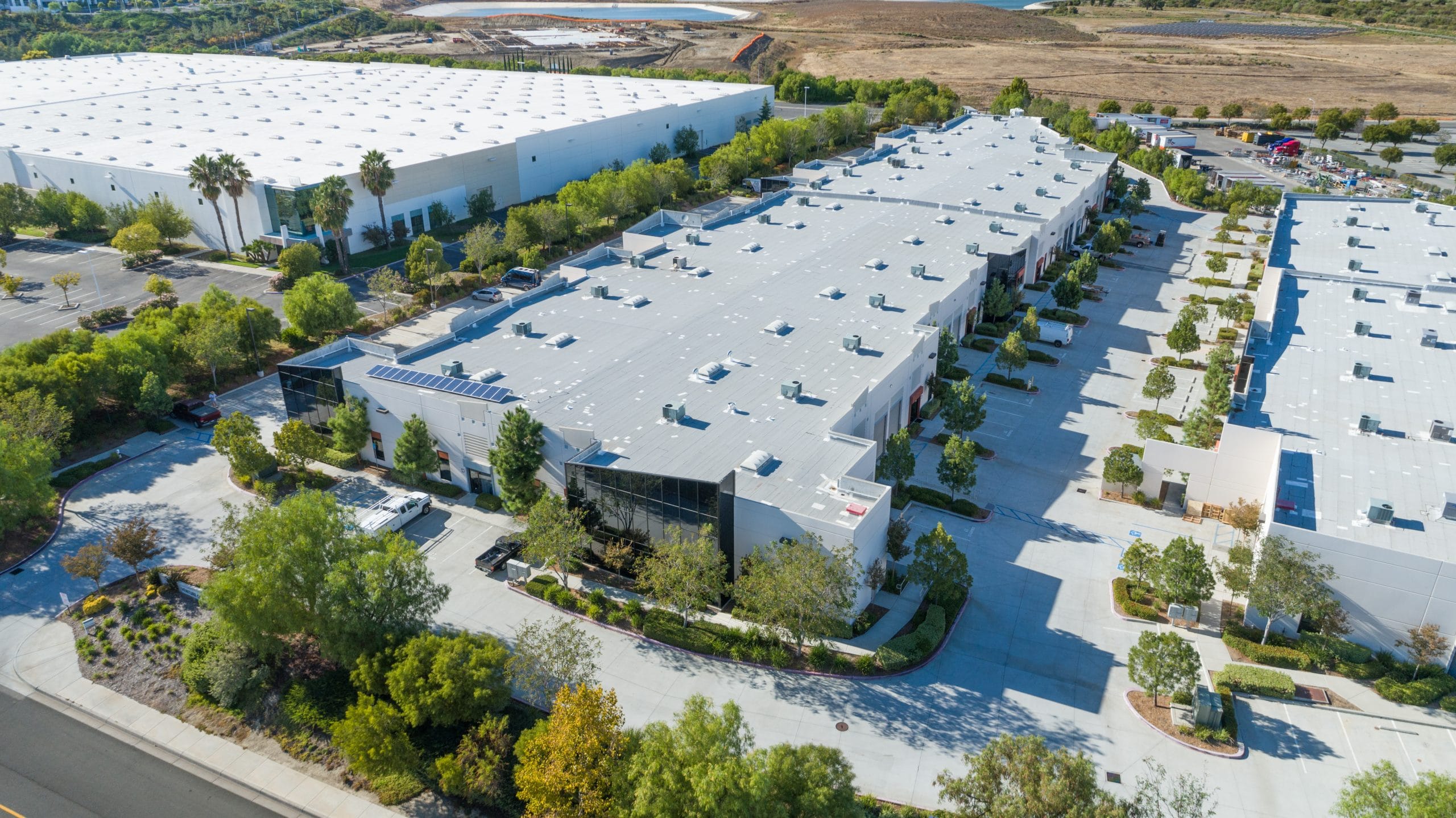


Real Estate Investors Targeting Converted Industrial Properties

Across the real estate landscape, converted industrial properties have become an attractive category for investors looking for strong value creation. Former factories, warehouses, storage buildings, and distribution sites are being transformed into offices, creative studios, logistics hubs, residential lofts, and mixed-use environments. The appeal stems from a combination of favorable purchasing prices, high ceilings, unique character, supply constraints in prime markets, and increasing demand from growing industries such as technology, advanced manufacturing, and logistics.
Many metropolitan areas are running out of conveniently located development sites, pushing investors toward underutilized industrial zones that sit close to transportation networks. Locations near ports, rail connections, and major highways offer a level of strategic accessibility that new construction cannot easily replicate. In cities that have evolved beyond their historical industrial roots, these old structures present an opportunity to reinvent neighborhoods while generating long-term economic value.
A Market Shaped by Shifting Business Needs
One of the driving forces behind investor interest is the evolution of modern workstyles and business needs. Industrial buildings tend to provide large floor plates that appeal to companies requiring space flexibility. A technology firm, a creative agency, or a logistics startup can often configure these wide-open layouts far more efficiently than traditional office towers. The ability to scale up or redesign without major structural changes is a major benefit for tenants that prefer agility in fast-moving industries.
Converted industrial buildings also appeal to organizations that value authenticity in their physical space. Exposed brick, steel beams, and tall windows create a distinctive aesthetic that supports brand-building efforts. When companies such as WeWork expanded their coworking footprint in multiple cities, many of their most memorable locations were situated in former industrial buildings repurposed as collaborative environments. These spaces attract professionals who want something more visually interesting than conventional office layouts.
Another factor shaping demand is the rise of e-commerce and its influence on industrial supply chains. Companies in logistics or third-party fulfillment, such as ShipBob, rely on centrally located distribution hubs that minimize transportation time. When older industrial sites can be renovated or upgraded for climate control, automation, or energy-efficient systems, they often become ideal candidates for modern distribution activity.
Adaptive Reuse as a Competitive Investment Strategy
Adaptive reuse has long been part of commercial real estate, but investor interest in this strategy has grown rapidly. Instead of tearing down aging facilities, developers are modernizing them to match contemporary expectations and sustainability guidelines. This approach is often more cost-effective than new construction, especially when the existing structure is stable and located within districts where zoning supports mixed-use transformation. In many cases, foundations and steel frames remain in good condition even after decades of industrial use.
Some investors are taking inspiration from successful conversion projects in other markets. In Los Angeles, several large-scale industrial conversions into creative campuses have drawn major tenants in entertainment, media, and design. This model has encouraged investors in other cities to look at industrial corridors differently. The momentum surrounding adaptive reuse has created competition for suitable properties, pushing investors to identify opportunities earlier in the redevelopment cycle.
Sustainability is also helping shape investment decisions. Repurposing existing structures reduces waste, lowers environmental impact, and supports ESG-oriented investment portfolios. Several investment firms with a focus on sustainability, including companies influenced by the philosophies behind groups such as Generation Investment Management, consistently highlight the advantages of reuse over demolition. Aligning industrial conversion projects with ESG frameworks can boost attractiveness among institutional capital sources, strengthening long-term growth potential.
Diverse Uses Expanding the Value of Industrial Assets
The versatility of industrial buildings allows investors to pursue multiple asset classes within a single redevelopment. Residential lofts, boutique hotels, startup incubators, and even specialty food production facilities have all found homes in former industrial sites. This range of potential uses gives investors more options for monetization and more opportunities to meet market demand.
Creative professionals, in particular, are drawn to industrial conversions because these structures offer the type of space rarely found in new developments. High ceilings and large windows support artistic work, production studios, and small-scale manufacturing. Independent production companies and creators using platforms like Vimeo often prefer unconventional spaces where both filming and editing can occur under one roof.
Industrial conversions have also gained traction in the specialty food and beverage sector. Breweries, culinary production spaces, and artisan food companies often seek industrial layouts that accommodate equipment and storage needs. Companies in the craft manufacturing space, including brands with a strong local or regional footprint, often find that industrial conversions offer the durability and layout needed for production while providing a visually compelling backdrop for visitors.

The Appeal of Location and Infrastructure
Industrial sites benefit from their historical design intention. They were typically constructed near major transit routes, which gives investors valuable geographic advantages. Access to highways, freight corridors, and urban centers is critical for modern logistics and commercial activity. When repurposed, these buildings can leverage the very infrastructure that once supported large-scale manufacturing.
Because many industrial districts sit near growing urban neighborhoods, conversions can spark new pockets of economic activity. Developers often notice that once a single industrial building is successfully repurposed, surrounding sites begin attracting retailers, service providers, and creative businesses. This change does not happen overnight, but steady investment can shift the trajectory of an area. In some cities, fashion brands and design houses, such as Acne Studios, have chosen industrial districts because the architectural character suits their brand identity. This creates a ripple effect by drawing additional tenants to the neighborhood.
Transportation upgrades further increase potential value. Expansion of public transit lines, improvements to highway interchanges, or municipal investment in streetscaping often make industrial areas more appealing for commercial or residential use. Investors who anticipate these transformations can secure properties before prices rise, strengthening long-term returns.
Challenges Investors Must Consider
Despite the strong investment case, converted industrial properties require careful planning. Some buildings contain outdated mechanical systems or require substantial electrical or plumbing upgrades. Older industrial sites may also need environmental assessments to confirm that historical usage did not leave behind contaminants or hazardous materials. Investors must be prepared for remediation work and timelines that vary significantly by property.
Zoning hurdles can also create complexities. Some municipalities support industrial-to-residential conversions, while others prefer that industrial districts remain dedicated to economic production. Even when zoning allows mixed-use redevelopment, approvals may take time, especially if the city wants to assess how the conversion fits with long-term planning goals.
Another business reality is the competition for suitable industrial assets. Investors across commercial real estate, private equity, and global investment firms have shown interest in adaptive reuse strategies, increasing bidding activity on high-potential sites. Well-capitalized firms, including groups similar to Blackstone, often have the resources to move quickly on acquisitions, making it important for smaller investors to act decisively once they identify a strong opportunity.
Why Interest Will Continue to Rise
The underlying fundamentals behind this trend remain strong. Demand for flexible commercial space, urban housing, creative production environments, and last-mile logistics is not likely to diminish. Industrial buildings occupy a unique position because they combine structural strength, open-span layouts, and prime locations with the potential for dramatic transformation. As long as businesses across sectors continue favoring agility and authenticity, these properties will remain compelling investment targets.
Global economic shifts also play a role. Advances in automation and robotics have changed the nature of manufacturing, creating opportunities for new forms of industrial activity that require cleaner layouts, advanced systems, and creative engineering. Modern industrial users may prefer renovated spaces that blend old architecture with new operational capabilities. When investors apply thoughtful planning and market research, they can create properties that meet the needs of future tenants rather than simply reacting to short-term trends.
Institutional investors and private buyers are increasingly attracted to sectors where value can be added through creative redevelopment. Industrial conversions offer a way to produce meaningful returns without relying strictly on appreciation. Instead, the value is built through repositioning, tenant mix, and strategic design choices that elevate the property beyond its original purpose.
Final Thoughts
Converted industrial properties have captured investor attention because they combine opportunity, creativity, and resilience. These buildings hold architectural character that is difficult to replicate, and they sit within districts that often have strong logistical and transportation advantages. Investors who take the time to understand the structural conditions, local zoning requirements, and long-term neighborhood dynamics can identify assets that support multiple categories of tenants, ranging from logistics providers to creative studios. As more companies seek flexible environments that reflect their brand identity and operational needs, the trend toward industrial conversions is likely to expand across both urban and emerging markets.





